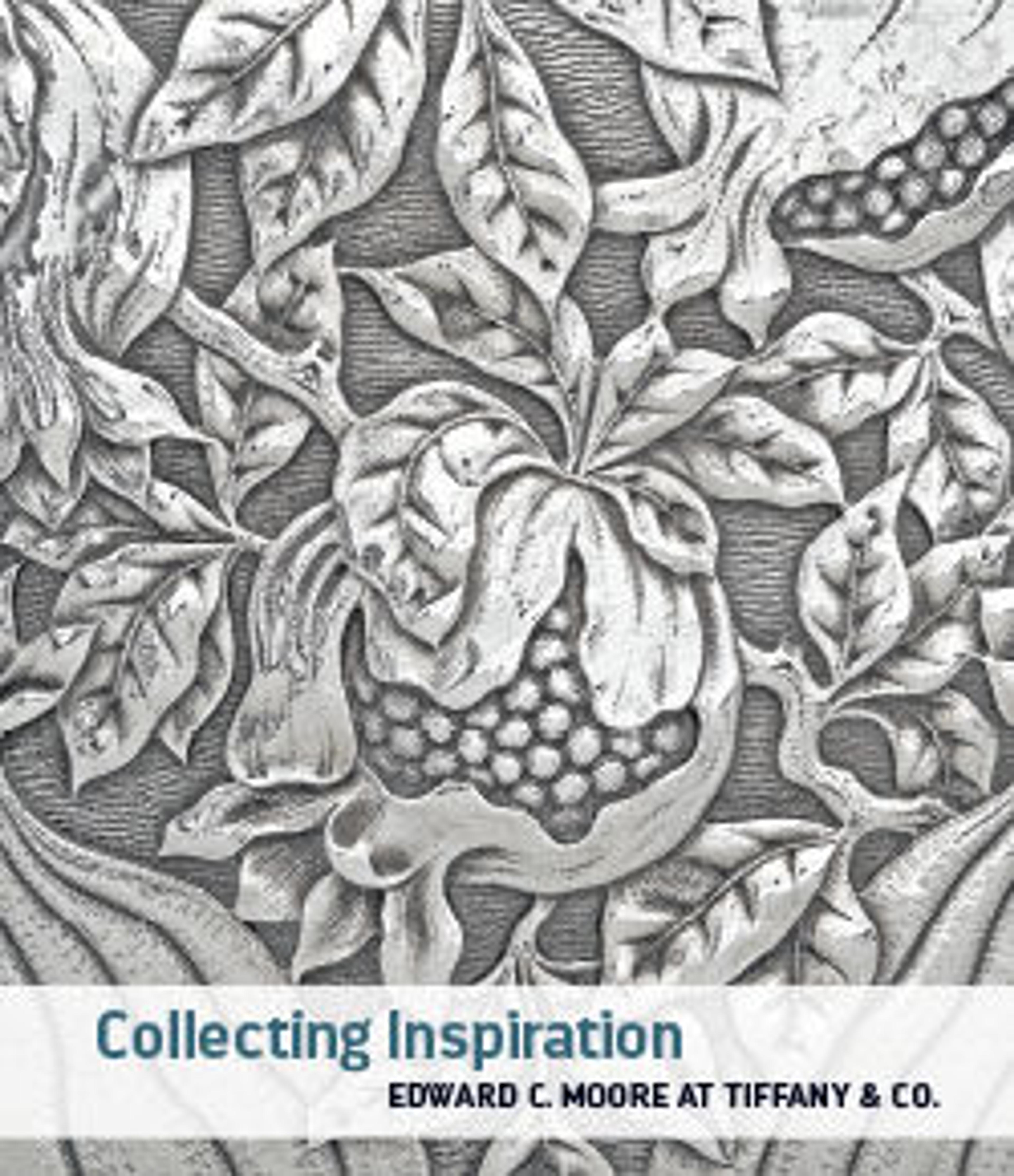Engraved Lamp Stand with a Cylindrical Body
This distinctive tall, cylindrical shape is characteristic of a group of Safavid lamp stands which share a similar silhouette and ornamentation. Many are covered with lyrical and mystical verses by celebrated poets of the period, reflecting the important relationship between Persian poetry and the visual arts.The rhythmic, scrolling vegetal arabesques serve as a background for the interspersed inscriptions in Persian nasta’liq script, which contain lines from the poem "The Moth and The Candle" by Sa’di:
"I remember a glance of your eye. I have heard that the moth said to the candle: I love you and if I shall be burned, so be it. My tears and burning give you pleasure. To holy men thy face is light and seeing thy face is my light. Like men of heart I see my light only when near thee. Thou art the aim of the world; without thee it is nothing."
This poem references the story of the moth and the flame, a sufi allegory in which the moth (the believer) is spellbound by the light of the beloved (God). According to the sufis, this may be understood as a spiritual metaphor in which the moth represents the human soul, drawn passionately to the divine light, longing to be reunited with God.
"I remember a glance of your eye. I have heard that the moth said to the candle: I love you and if I shall be burned, so be it. My tears and burning give you pleasure. To holy men thy face is light and seeing thy face is my light. Like men of heart I see my light only when near thee. Thou art the aim of the world; without thee it is nothing."
This poem references the story of the moth and the flame, a sufi allegory in which the moth (the believer) is spellbound by the light of the beloved (God). According to the sufis, this may be understood as a spiritual metaphor in which the moth represents the human soul, drawn passionately to the divine light, longing to be reunited with God.
Artwork Details
- Title:Engraved Lamp Stand with a Cylindrical Body
- Date:probably late 16th or early 17th century
- Geography:Attributed to Iran
- Medium:Brass; cast, engraved, and inlaid with black compound
- Dimensions:gH. 13 5/8 in. (34.6 cm)
Base Diam. 7 1/8 in. (18.1 cm)
Top Diam. 4 1/4 in. (10.8 cm) - Classification:Metal
- Credit Line:Edward C. Moore Collection, Bequest of Edward C. Moore, 1891
- Object Number:91.1.579
- Curatorial Department: Islamic Art
More Artwork
Research Resources
The Met provides unparalleled resources for research and welcomes an international community of students and scholars. The Met's Open Access API is where creators and researchers can connect to the The Met collection. Open Access data and public domain images are available for unrestricted commercial and noncommercial use without permission or fee.
To request images under copyright and other restrictions, please use this Image Request form.
Feedback
We continue to research and examine historical and cultural context for objects in The Met collection. If you have comments or questions about this object record, please contact us using the form below. The Museum looks forward to receiving your comments.
